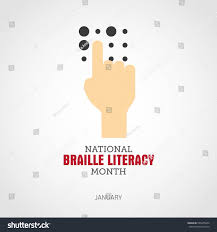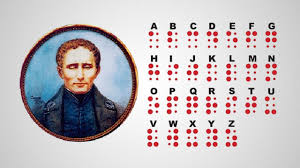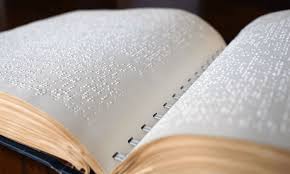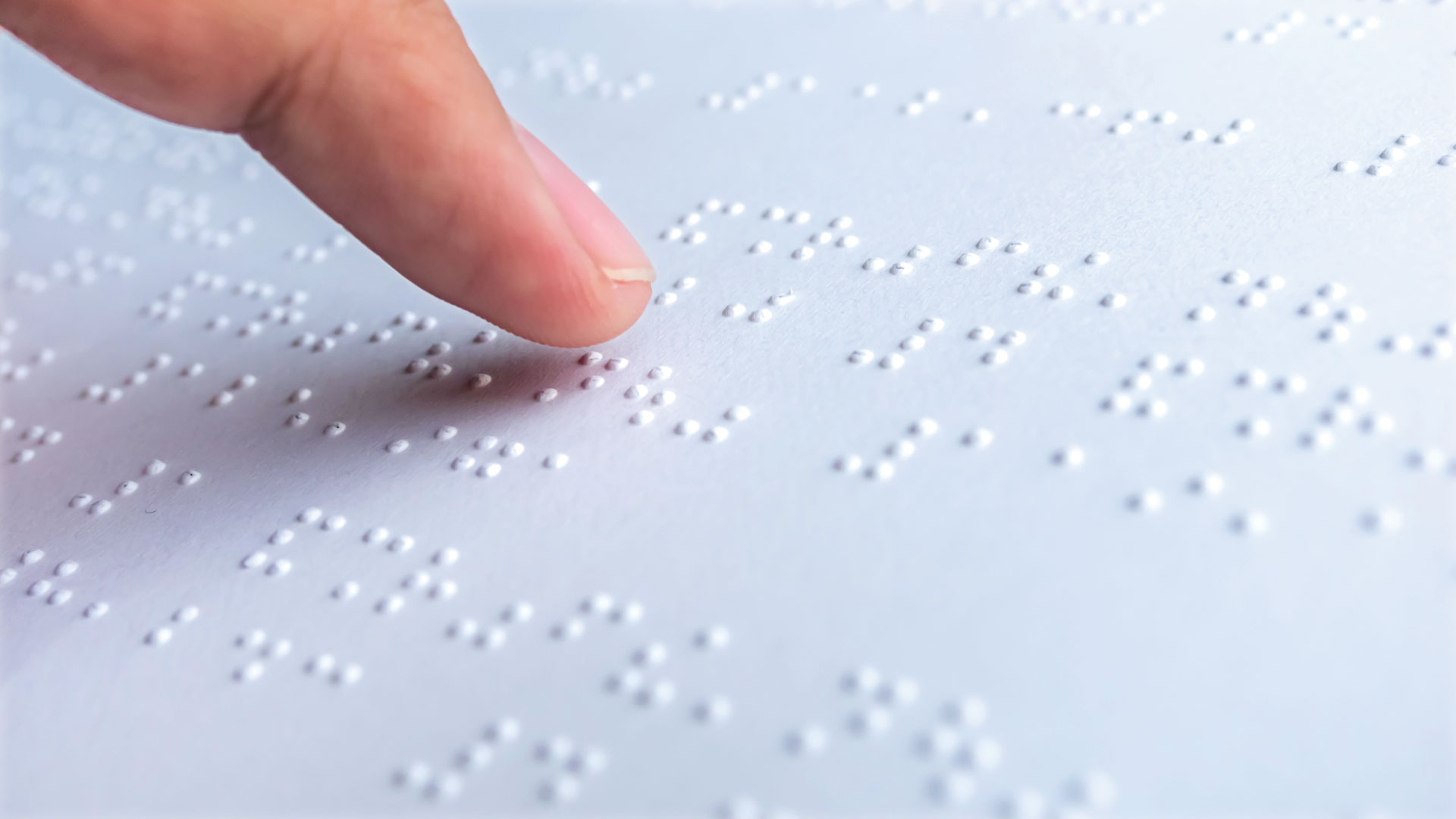JANUARY IS BRAILLE LITERACY MONTH!
It’s a cold January day here at The Storage Inn self storage in Egg Harbor Township New Jersey, but that hasn’t stopped our storage rental customers from shuttling in and out, to and from their storage units of all sizes.

Today I spotted one of our tenants, Eva, who happens to be a teacher, pulling items from her storage space. “School project?” I asked, rolling past in my golf cart. “Yeah” she chirped excitedly – “National Braille Month!”.
I knew that Eva was a teacher, but it was just today that I found out that she teaches sign language and braille to deaf and blind students.
I’ve always known about braille, but really I hadn’t thought much about it until today, so I decided to do a little research.
Here are a few things that you may not know about braille…
Braille was invented by Louis Braille. He was born in France in 1809. When he was three years old, he was playing with some tools in his father’s  workshop. While playing, one of the tools struck him in the eye and the wound became infected. Eventually the infection spread to his other eye and he became completely blind by age five.
workshop. While playing, one of the tools struck him in the eye and the wound became infected. Eventually the infection spread to his other eye and he became completely blind by age five.
The idea for braille as a method of reading for the blind came with Louis’ own frustration as a student. Louis learned of a system used by the French army called night writing – words were formed using letters that contained a series of raised dashes and dots. this system was developed to avoid having to make sound or turn on a light, which could alert the enemy to a soldier’s location.
Louis took this idea and simplified it. He made his own alphabet out of a series of six dots. He discovered 63 different ways to use a six-dot cell in a smaller area. His first book was published in 1829 and he later added symbols for mathematics and music.
Braille takes up more space than the traditional alphabet, so braille books are larger than their printed counterparts. A Braille Bible spans about 6  cubic feet of space and weighs around 70 pounds. Harry Potter and the Goblet of Fire is 10 volumes in braille, and Webster’s Unabridged Dictionary is 72 volumes!
cubic feet of space and weighs around 70 pounds. Harry Potter and the Goblet of Fire is 10 volumes in braille, and Webster’s Unabridged Dictionary is 72 volumes!
Braille is not a language. It is an alphabet that can be used to write almost any language. There are braille versions of Chinese, Spanish, Arabic, and many other languages.
Most people who are blind don’t know braille – only 10 percent of Americans with blindness can read braille. This low number is attributed to the introduction of smart technology, audiobooks, voice-recognition software, and other technology to help the blind read and write. Studies show however, that those who did know braille were more likely to attain higher education and be employed.
“Braille” is only capitalized when referring to Louis Braille, the inventor of the system. In all other cases, when referring to the system itself, braille should be lowercase.
Hope you enjoyed this look at some of the history of braille courtesy of The Storage Inn.
Happy 2021 – Stay Safe!





